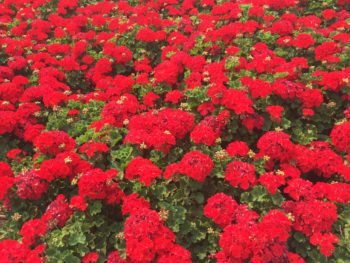 Mud Play Learning for Kids
Mud Play Learning for Kids
Kids of all ages love mud! Our class read the Magnificent Magical Mud story posted on this blog site. Then we planted flowers in flower pots as gifts for seniors and homeless residents. Students learned how to make mud while watering the plants in flower pots. We studied different types of potting soil to determine how much water it took to make mud in the flower pot. We also studied the ingredients of various mud solutions. Some mud samples had a sandy composition while others contained small rocks. The students were fully engaged while playing with their magnificent mucky mud. They were excited about learning. They were also curious and eager to learn about the composition and the many uses of mud throughout the ages.
Mud Observations While Planting a Flower
As we planted the flowers in containers, we first studied the composition of the mud samples we were using to plant each flower. Then students counted how many ounces of water they used to make mud in their flower containers. Students could choose to use either 3, 6, 9, or 12 ounces of water to create mud in a container Then they used their hands and spoons to mix the mud in their flower pots. Finally, they recorded their mud observations on a reflective worksheet that included these questions:
- What was the composition of the type of mud you used?
- How many ounces of water did you add to make a mud mixture?
- What did your mud look and feel like when planting the flower?
- What else do you want to learn about mud when researching this topic online to complete a written or typed report?
More Mud Topics Students Wanted to Research
The following are some interesting topics the second-grade students are exploring to write their reports:
- What is mud?
- How are different types of mud made?
- How do you make mud bricks?
- How can you build an adobe house?
- What animals live in mud houses?
- What sports use mud?
- Is mud good for your health?
- Can mud hurt you?
Learning to Write Research Reports
The students are using their computers to research these topics. I also provided them with a bibliography with online websites they can use to research these and other mud topics. As the students learn to research fact-based articles online, I will encourage them to take notes. Then they will type or print a final draft of their report. Once students complete their reports, they will share their newly gained knowledge with a short verbal presentation to the entire class.
In the comments section below, share engaging topics you have used with students or your children to inspire them to research and learn more about fact-based research.

Mary Ann Burke, Ed.D., Digital Education Expert, is a substitute distance learning teacher for Oak Grove School District in San Jose, California and the author of STUDENT-ENGAGED ASSESSMENT: Strategies to Empower All Learners (Rowman & Littlefield: 2020). Dr. Burke creates digital language arts and substitute teaching K – 12 activities for teachers and parents. She is the Cofounder of the Genparenting.com blog. Burke is the former Director II of Categorical & Special Projects for the Santa Clara County Office of Education that supports 31 school districts serving 272,321 students in Santa Clara County. She is also a previous Director – State & Federal Compliance for Oakland Unified School District, the former Director – Grantwriter for the Compton Unified School District, and was the initial VISTA Director for the Community Partnership Coalition in southern California. Much of her work focuses on creating innovative digital trainings and partnership programs for teachers and families to support students’ learning. These programs were featured as a best practice at a National Title I Conference, California’s Title I Conferences, AERA Conferences, an ASCD Conference, the NASSP Conference, and statewide educator conferences.

